People often tell me, ideas are dime a dozen, and it’s the execution that really matters. That’s a fair point, however, it doesn’t change the fact that we still have a very personal stake in keeping our ideas secure. They might be our livelihood, our reputation, or our way to advance to where we want to be. It also doesn’t change the fact that getting a project out before anyone else will always give it the best shot of success.
So, how do you separate what you want to do, and what you should do to protect your app idea? How do you know what the cautious approach even means in this situation?

Assessment
Let’s take a step back for a moment and assess the idea to begin with. What kind of feedback have you received for your idea? I know it is a chicken and egg story! How the heck do I get feedback without sharing my idea, and how do I protect it, if I am sharing it with anyone and everyone?
It is important to ask the right questions to refine the concept and get to the next step in the process. First of all, you need to think, what level of protection your brain child will need. You may want to let go of the need for secrecy a little if you want to get good feedback for your project to get better. For example, if you are discussing it with a closed group of subject matter experts or a potential development partner, you should trust their expertise and reveal just enough information, so that they can give you meaningful suggestions.
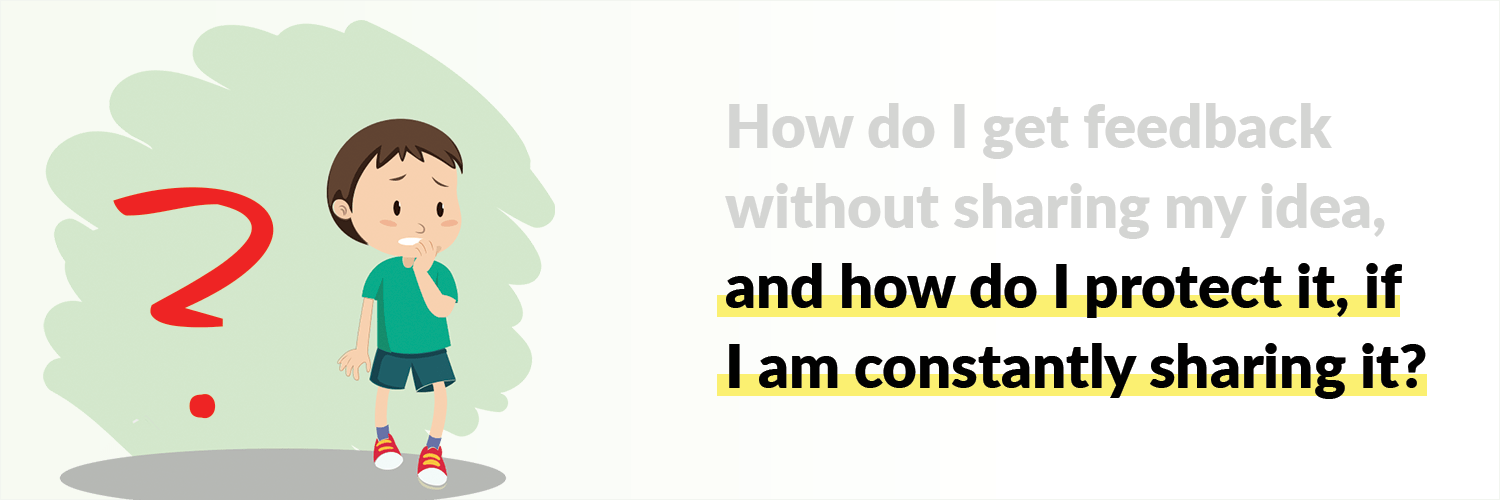
Think of it as fertilizer. Every time it stinks to hear something, it’s just helping things grow!
Everyone will copy me, what do I do?
Okay, let me put it this way, ideas are like a Toddler’s Crayons. The first toddler that realized that crayons can be used to write on walls must be ecstatic, and may well want to hoard all of the crayons. The other kids in the area are busy playing with cars and stuffed animals. They would either have to go through the same process of figuring out the idea (Seeing the crayon, figuring out that it writes, and then discovering that the wall is a blank canvas of endless possibility), or see it in action to think of using them to draw, rather than attempt to eat them. That first kid will have gotten his work out there long before anyone else, and will usually be the first one associated with colorful scribbles on the wall.

The point here is that if your idea is original, your only early competitive threat comes from others that may have thought of the same thing at the same time. You will usually be able to get your idea out there first, and it’s better to make that impression GOOD.
The NDA
A piece of advice that sometimes gets floated out is to make all involved sign an NDA. After all, it’s what all the big guys out there do, right?
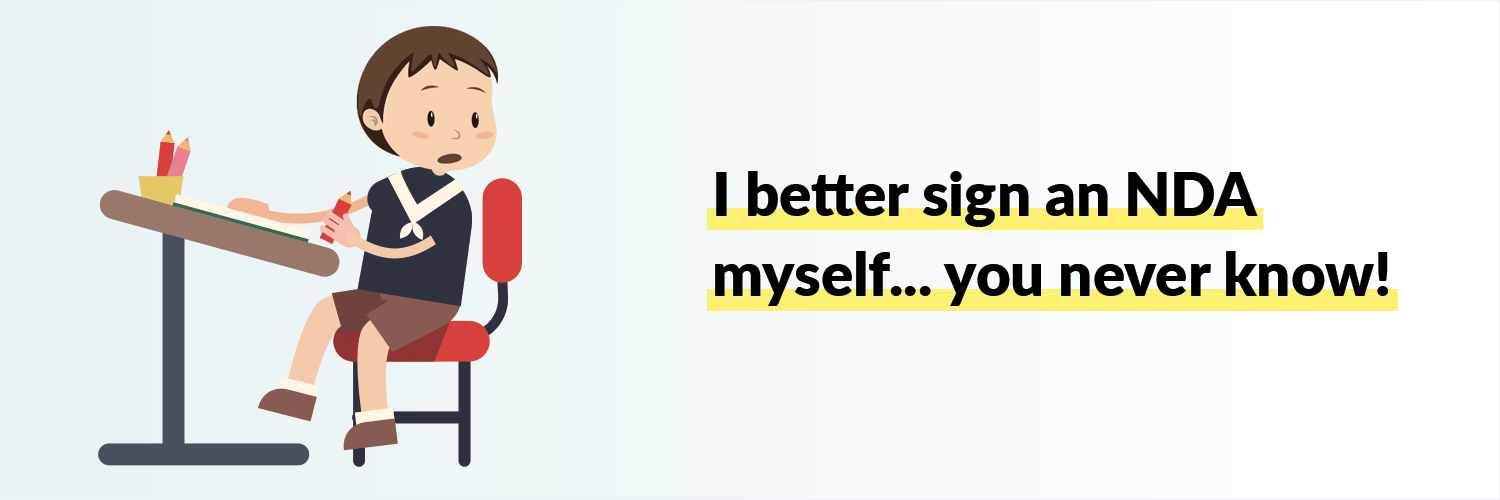
Non-Disclosure Agreements should really be saved for those projects when all involved are aware of what made the original premise work, and the Idea Maker in question has an improvement that will actually improve or mix up the established format. It’s a potentially off-putting barrier attempting to block a threat that doesn’t exist yet. If you are asking everyone to sign the NDA, before uttering one word about your project, more than often, you are losing the valuable insights from those people.
The Copy Train
All good things get copied, so naturally no idea is going to stay unique forever. Imitation is the sincerest form of flattery, after all! It just means you did good. So, keep expanding on that good idea! You will always have the early entrant advantage. Just make sure you are listening to your users and constantly improving your app.
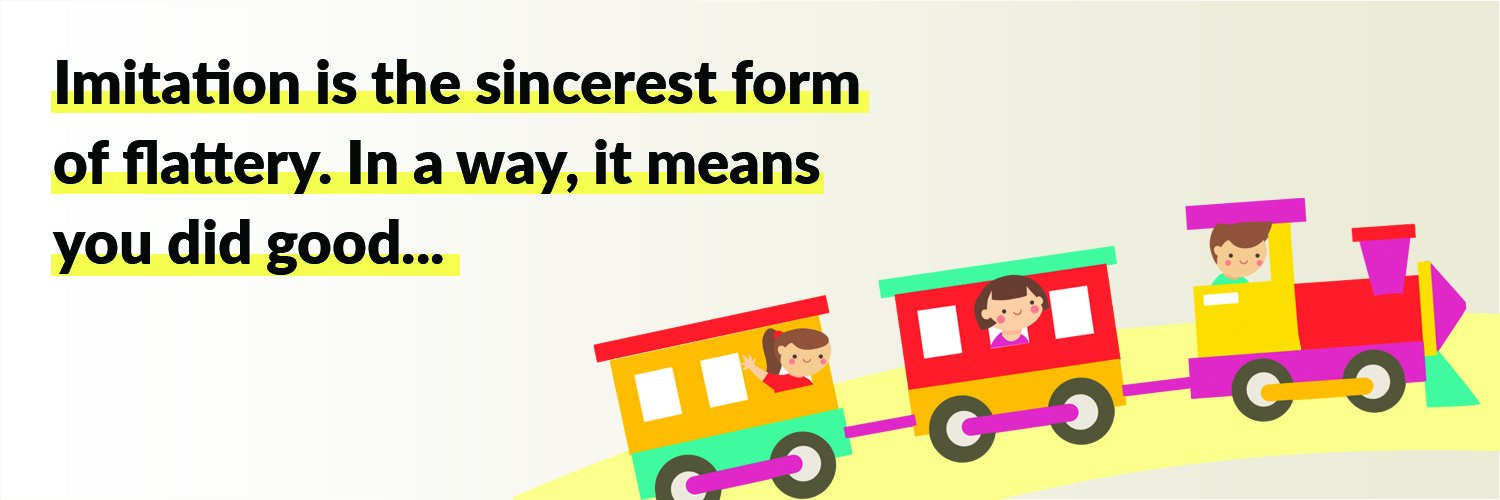
When do I use a Patent?
- Patents are for those situations when someone establishes a functional business, and needs to make sure no one steps in to directly copy their methods or ideas.
- If a startup has invested a large amount of resources into a project, and has direct competition threatening them, but are still able to file a Provisional Patent first, it would be worthwhile.
- If an established business is going steady, knows that they have others that can step and take part of their market, and have the spare capital to file, it’s a good call.
- If a business is new, and hasn’t invested thousands in research/development/time, or has no immediate and ruining competition, it’s more than likely going to be safe without a patent until it’s at least functional. Some might be ambiguous enough to never need one.
- Just remember that patents can stop someone from risking a lawsuit by copying you, but it can’t physically stop them from making a clone just different enough to avoid it.
Patent Types and what they do
Patents can mean a lot of things to a lot of people. To some, they’re a safeguard for their work, to others they can be everything from an obstacle to a needless expense or a trap, depending on how they’re used.
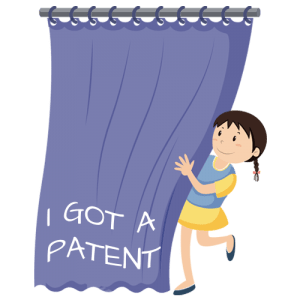 Legalzoom has a handy guide on the different patent types here, but in very brief summary, there are 4 types of patent.
Legalzoom has a handy guide on the different patent types here, but in very brief summary, there are 4 types of patent.
- Utility Patent – A Patent showing use and design of a system or device.
- Provisional Patent – A temporary patent used when you want a Utility Patent, haven’t quite ironed out the details, but also are worried about having the carpet pulled out from under you.
- Design Patent – Covers cosmetic and aesthetic improvements, in our case something like unique UI elements.
- Plant Patent – Not even remotely relevant unless you’re managed to make a dandelion with a touch screen, though I’m sure there’s a market for that, if anyone’s interested.
Patents are an expensive process, and more often than not are simply too complicated and cumbersome. Without counting time investment, we’re looking at prices ranging from € 700-1100 or more just to file, and that’s not the kind of expense you want if it’s not doing what you want it to.
Small and Steady
Successful businesses don’t just pop into existence (Unless you count multi-million dollar corporations creating a small company for the hell of it, but that’s a debatable technicality).
Any idea needs time to form, so making it easier to build based on feedback. This doesn’t have to be months or years, we just need that first functional MVP, which can then get our ideas out there, which can, in turn, get more feedback, which can help us churn out those little updates that make everything look better.
Build your core idea, make it work, and worry about protecting those theoretical millions after proving the idea work. Good luck!
The post Can you patent an app idea! appeared first on OCDLAB.
]]>The post To Hire, or Not to Hire appeared first on OCDLAB.
]]>To Hire, or Not to Hire
Hiring an in-house employee comes with a lot of overhead such as payroll expenses, insurance obligations, and office space or equipment. Thousands of lean startups have figured out a way to bring on a dedicated resource but without the drawbacks and big gamble of an internal employee.
It is a serious matter, but our infographic team has still managed to make it look fun. Enjoy!
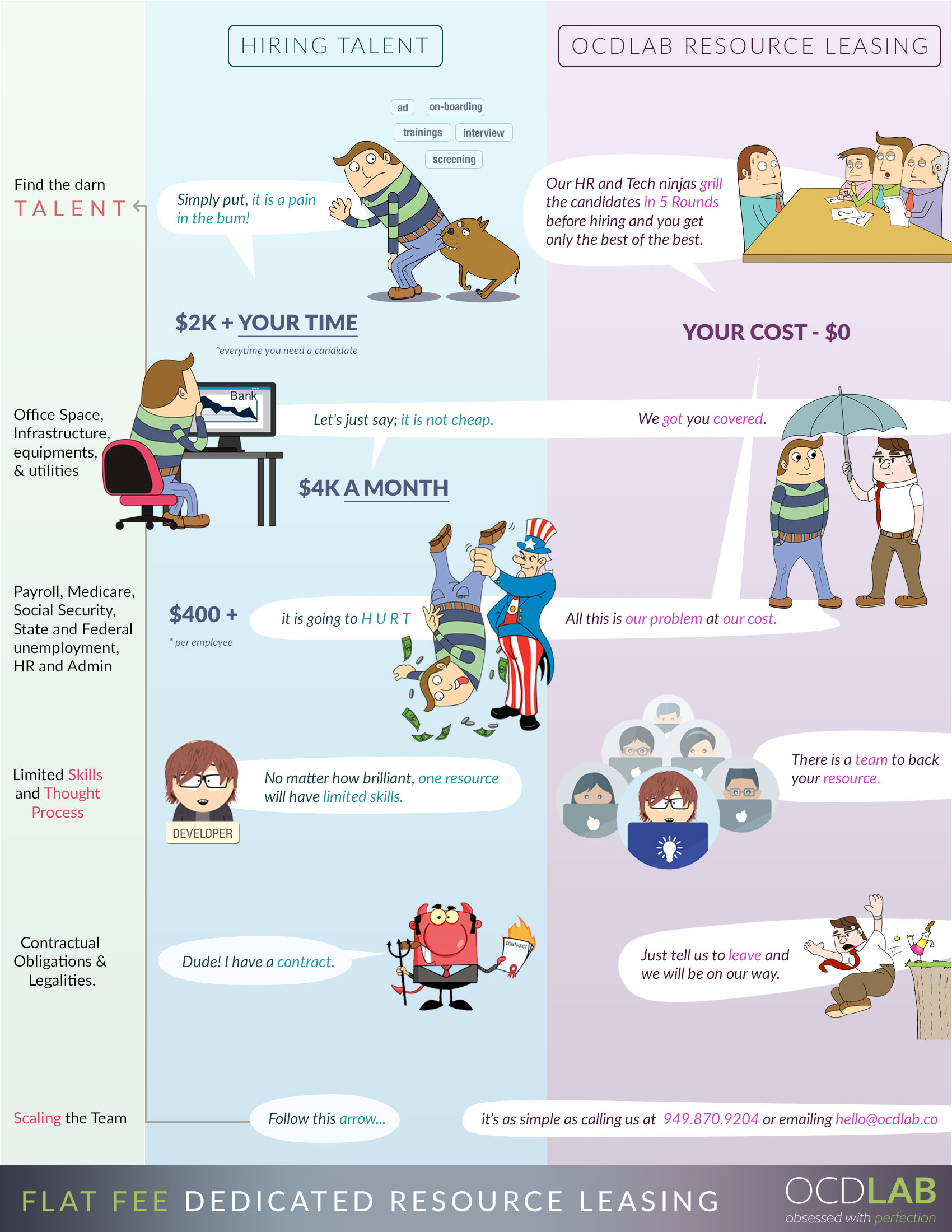
The post To Hire, or Not to Hire appeared first on OCDLAB.
]]>